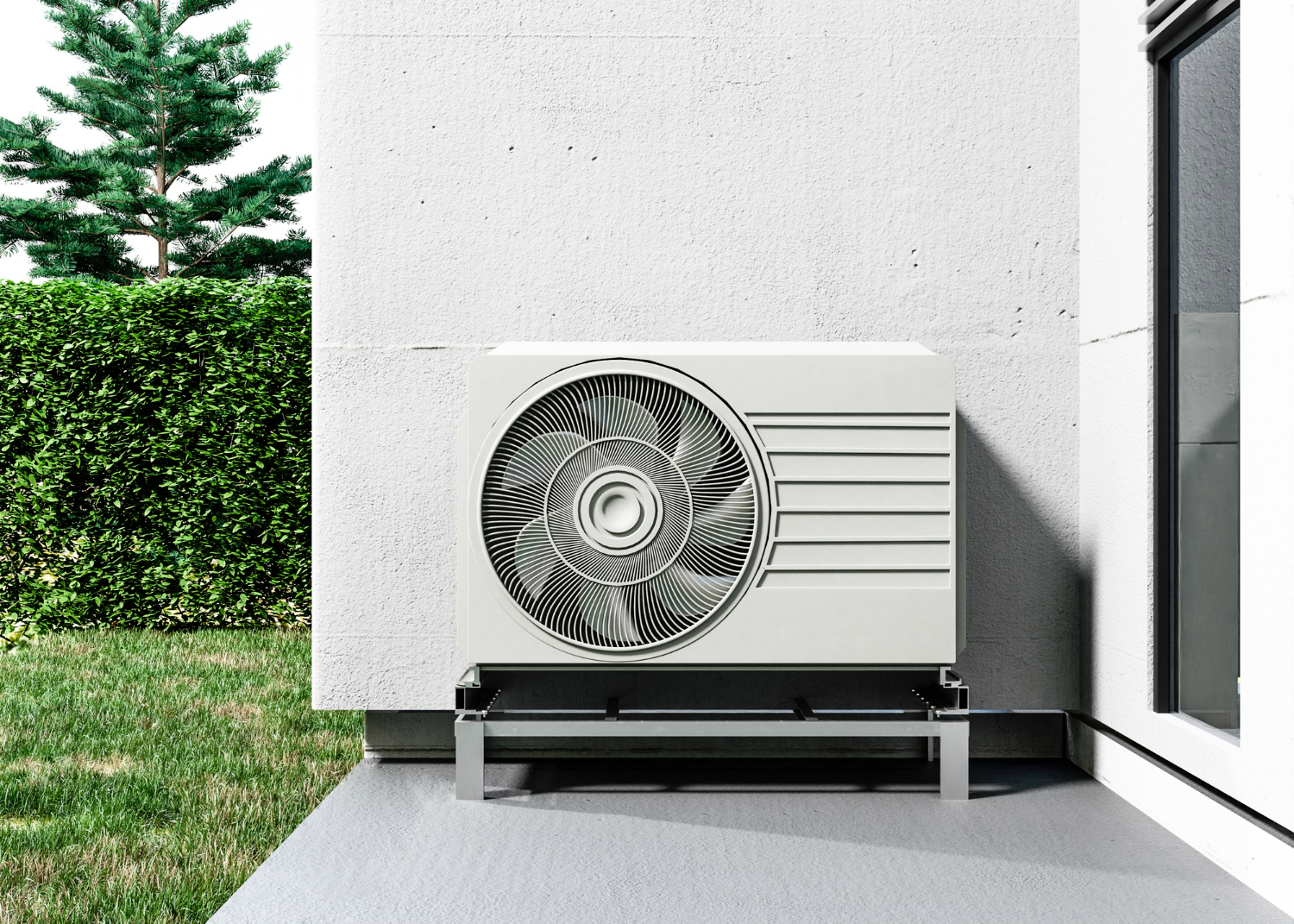
Heating Vents Blowing Cold Air: Troubleshooting in Alamo Homes

When your heating system kicks on during a cool morning in Alamo, the last thing you want is cold air blowing from the vents. It is a frustrating experience, especially when you're relying on your HVAC system to keep your home warm and comfortable. Unexpected cold air coming from heating vents can happen for several reasons, and it is often a sign that something needs attention before it turns into a bigger issue.
Ignoring the problem can lead to more than just discomfort. It can affect your energy bills, wear down your system, and leave parts of your home underheated. If your heating system is not working the way it should, it is smarter to address it before the temperatures start to dip again. Whether it is a minor adjustment or something more complex, knowing what to look for can help get your home back to a comfortable temperature.
Common Causes Of Heating Vents Blowing Cold Air
If your vents are blowing cold air while the heat is on, there is a good chance one of a few common issues is to blame. Though each case might look a little different, the root cause usually falls into one of these categories:
1. Thermostat problems
Sometimes the issue starts with the thermostat. If the settings are incorrect, your system might blow air without actually heating it. For example, setting the fan to “on” rather than “auto” may cause air to circulate constantly, even when the furnace is not generating heat. A faulty thermostat can also misread indoor temperatures and stop the furnace from running correctly.
2. Dirty or clogged filters
An air filter that has not been changed in a while can slow down airflow and strain the furnace. When airflow is restricted, the system might overheat or shut down too early, leading to cold air blowing through the vents. In some cases, the furnace shuts off completely as a safety measure.
3. Ductwork issues
Leaky or poorly connected ducts are another possible cause. If the ductwork has holes or gaps, warm air could escape before reaching the rooms in your home. This can mean lukewarm or cold air by the time it arrives through the vents. Duct leaks are especially common in older homes or homes with previous renovations that did not update the heating system.
4. Furnace or pilot light problems
If the pilot light is out or not working properly, the furnace cannot heat the air. The same goes for other ignition system issues in gas furnaces. You might hear the system turning on and feel air coming through the vents, but if it is not being heated, there is likely an issue within the furnace itself.
Here is an example: One family in Alamo noticed their upstairs vents were blowing cold air even when the lower level felt warm. After a check-up, it turned out their ductwork had disconnected in the attic during a remodel. The warm air never made it upstairs. Instead, it leaked into the attic space and never reached the rooms where it was needed.
If you are dealing with a similar problem in your Alamo home, the good news is that it can usually be diagnosed and fixed fairly quickly once the source is found. But it helps to know the most common causes so you can either avoid them or catch them early. That way, your system stays reliable when you really need it.
Troubleshooting Steps Homeowners Can Take
When your heating vents start blowing cold air, there are a few things you can check on your own before making a call. These steps can help you spot simple issues and possibly get your system working properly again. Always focus on safety and do not attempt repairs that involve opening electrical panels or gas lines. Leave those to our technicians.
Here is what you can do:
1. Check the thermostat
Make sure your thermostat is set to “heat” and not “cool” or “fan.” Also, switch the fan setting to “auto” rather than “on,” so the system only moves air when the furnace is heating. If it is already set correctly and still pushing out cold air, the thermostat itself might be malfunctioning.
2. Inspect air filters
Dirty air filters can cause major disruptions. When filters get clogged, they lower airflow and can cause the furnace to overheat and shut off early. Replace the filter if it looks coated in dust or debris. Aim to check it every month during colder seasons.
3. Look for ductwork leaks
Walk through your house and check visible sections of ductwork in basements, attics, or crawl spaces. Listen for air escaping and feel around joints for drafts. If you notice any obvious holes, disconnected segments, or spots where insulation is damaged or missing, that could be where warm air is escaping before it reaches your rooms.
4. Confirm pilot light operation
If you have a gas furnace, an extinguished pilot light might be the reason behind the cold air. There should be a small flame visible through the front panel of your furnace. If it is out or flickering, the system cannot heat air properly. Newer models may have an electric ignition, which can also fail.
5. Reset the system
Power off your furnace at the thermostat and wait a few minutes before turning it back on. Sometimes, this simple reset allows the furnace to clear out short-term errors and resume normal operation.
If you have gone through these steps and your vents are still blowing cold, it is best to stop troubleshooting and let our professionals take it from there. Some issues are not easy to see or fix without proper tools and training. Trying to push your system to perform despite a hidden issue can lead to bigger problems down the line.
When to Call a Professional
There are times when a heating problem is not something you can or should try to fix yourself. If your system continues to blow cold air despite following basic checks, it could point to a deeper mechanical issue. Furnace components like heat exchangers, flame sensors, or blower motors may be worn out or malfunctioning.
Frequent short cycles, where your furnace constantly turns on and off without fully heating your home, are a clear warning sign. So are loud noises like rattling, banging, or squealing coming from the system. These issues often indicate damage or wear that needs expert attention. Odors like burning plastic or an unusual chemical smell should also be taken seriously and checked right away.
Another red flag is uneven heating. If certain rooms stay cold while others are warm, you might be dealing with duct design issues, blocked registers, or failing components that regulate temperature distribution. These types of imbalances can put extra strain on your furnace, especially if left unrepaired through the winter months in Alamo.
Calling our technicians before the issue gets worse can save you money on energy bills and prevent system breakdowns. It is also a way to ensure the safety of your home. Heating systems that are not working properly can sometimes release carbon monoxide or create fire hazards. Our professionals are trained to check for these safety risks during every inspection.
Keeping Your Heating System in Top Shape
Preventive steps go a long way in avoiding surprise heating issues during colder months. Regular maintenance keeps your furnace running smoothly and in many cases stops problems before they start. There is no substitute for a well-maintained system when it comes to home comfort and peace of mind.
Here are a few habits that can help extend the life of your furnace and keep cold air out of your vents:
- Change your air filter every 1 to 3 months depending on usage
- Clear any debris, dust, or storage items near your furnace. Good airflow around the system prevents overheating
- Check your vents and registers regularly. Make sure they are open and not blocked by furniture, rugs, or curtains
- Listen for unusual sounds. Catching small changes early can prevent bigger issues
- Keep an eye on your energy bills. A sudden jump might mean your system is working harder than it needs to
Scheduling professional maintenance at least once a year is one of the most effective ways to keep things running smoothly. During these visits, our technicians can clean and inspect components, run system checks, and fine-tune performance. They catch small problems early, often preventing furnace shutdowns or costly repairs later on.
Regular maintenance is also a good time to talk through any comfort concerns you have with your home’s heating. For instance, if your upstairs is always cooler than the downstairs in winter, or if you have to keep adjusting the thermostat, our professionals can look into solutions based on how your home is laid out.
Taking care of your heating system means fewer surprises during the colder months in Alamo. With the right steps and seasonal maintenance, your vents will blow warm air when it matters most, and your home will stay comfortable without overworking your HVAC system.
Fixing Cold Air From Heating Vents
When vents start blowing cold air through your home, it is more than just a minor annoyance. It can throw off your indoor comfort and signal problems in your heating system that need attention. While some issues are easy to spot, others hide deeper in your system and can grow worse if ignored. Regular maintenance, quick responses to warning signs, and knowing the limits of what you can troubleshoot on your own all play a role in keeping your home warm and trouble-free.
For homeowners in Alamo, heating problems can pop up at the worst times. But with the right attention and care, most issues can be fixed quickly. Paying attention to small signs now helps avoid bigger repairs later. If cold air keeps coming through your vents, do not wait. A fast check and the right repair can make all the difference in keeping your home safe and comfortable all season long.
Homeowners in Alamo know that a reliable system is key for comfort during the colder months. At Green Air Heating and Air Conditioning, Inc., our professionals are ready to ensure your home stays warm and inviting. Learn more about air conditioning and heating in Alamo and let our technicians address any issues you may be facing. For a quick estimate or to book a service visit, please contact us today.
Customer Testimonials
Our clients love the energy solutions we provide!
Ready to Transform Your Home?

















